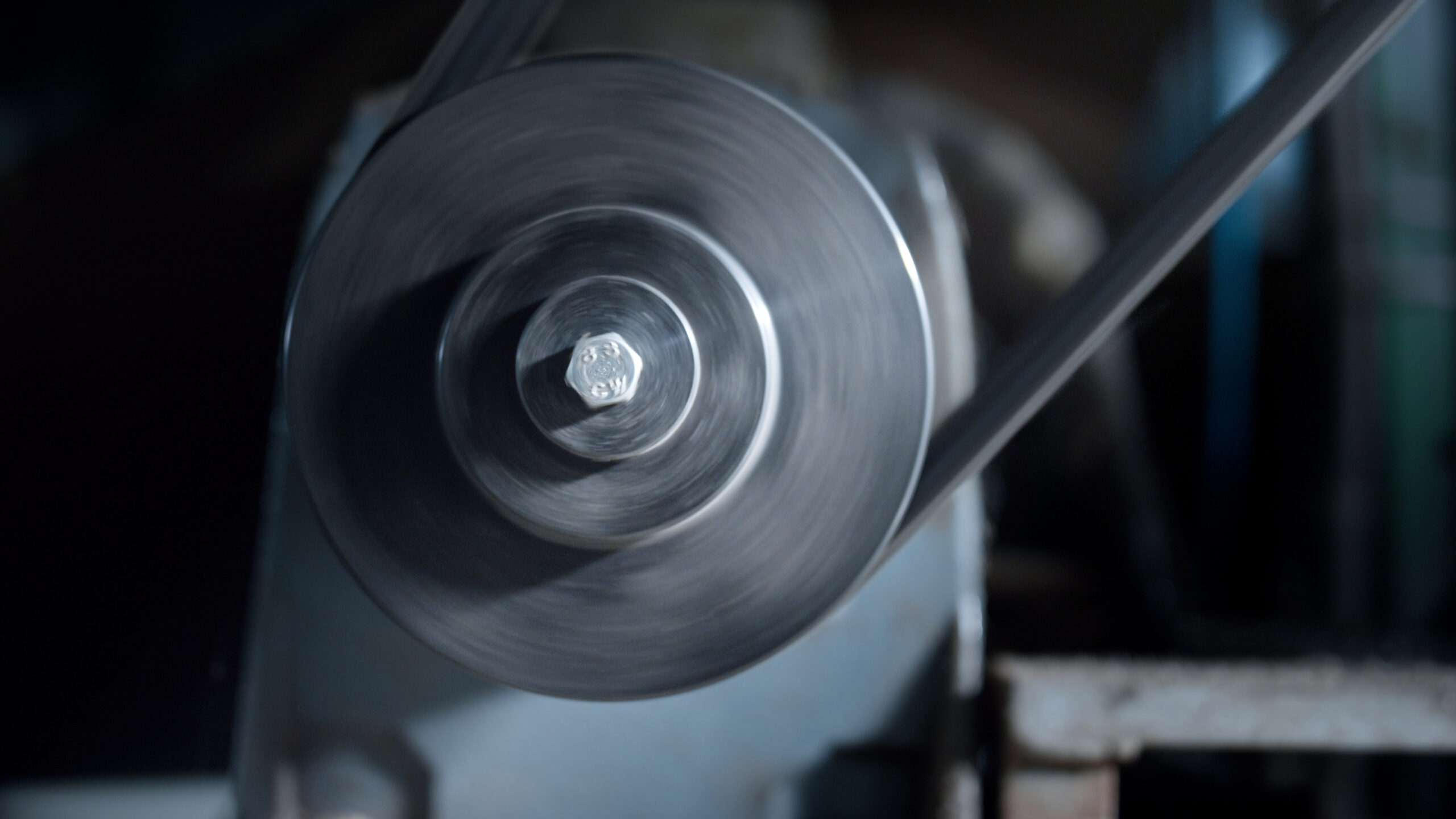When building assemblies in Ansys Mechanical, users often face a key decision: Should I use joints or contacts to connect parts? While both tools allow relative motion and force transmission, their purpose and behavior are fundamentally different. Choosing the right one can save time, improve accuracy, and ensure a stable solution.
This guide breaks down the differences between joints and contacts, and explains when to use each.
What Are Contacts?
Contacts simulate physical interaction between surfaces. They are used to model how real parts touch, separate, or transfer force under load.
🔹 Use Contacts When:
- You expect sliding, separation, or compression between parts.
- You’re modeling bolted joints, press fits, friction, or clearance.
- You need contact pressure, penetration, or frictional forces as results.
- Real-world physics involve surface-to-surface interaction (not idealized connections).
🔸 Pros:
- Realistic representation of touching surfaces.
- Frictional sliding and separation can be captured.
- Suitable for large deformation problems.
⚠️ Cons:
- Nonlinear and computationally expensive.
- Can cause convergence issues if not defined carefully.
- Requires fine mesh at contact zones.
What Are Joints?
Joints represent idealized mechanical constraints—like pins, hinges, sliders, and universal joints—between reference points.
🔹 Use Joints When:
- You want controlled degrees of freedom (e.g., allow rotation but block translation).
- The connection is mechanical but not based on surface contact.
- You’re modeling linkages, mechanisms, or articulated assemblies.
- You need fast, stable analysis of kinematic motion or rigid assemblies.
🔸 Pros:
- Linear, robust, and solver-friendly.
- Easy to define DOF behavior: locked, free, or coupled.
- Great for motion studies, linkages, or actuator systems.
⚠️ Cons:
- Do not capture actual surface interaction, friction, or pressure.
- Not suitable for deformation or detailed stress in the joint area.
- Can be unrealistic in structural models where surface contact is expected.
🧐 So… When to Use Which?
Using contacts vs joints is a matter of engineering judgement and ultimately depends on the objective of the analysis. Below is a side-by-side comparison for quick reference:
🔄 Side-by-Side Comparison
| Feature / Aspect | ANSYS Contacts | ANSYS Joints |
|---|---|---|
| Type of Connection | Surface-to-surface interaction | Point-to-point or reference-based constraint |
| Physical Accuracy | High (models friction, separation, sliding, pressure) | Idealized (no surface interaction) |
| Computation Time | Higher due to nonlinear behavior | Lower, solver-friendly |
| Use in Large Assemblies | Feasible but resource-intensive | Very efficient and scalable |
| Supports Friction Modeling | ✅ Yes | ❌ No |
| Handles Deformation and Stress | ✅ Yes | ❌ No |
| Suitable for Motion Studies | Limited (nonlinear, convergence-sensitive) | Excellent (precise DOF control) |
| DOF Control (e.g., lock rotation) | Implicit via surface behavior | Explicit (selectable DOFs) |
| Thermal / Electrical Contact Resistance | ✅ Supported | ❌ Not supported |
| Examples of Use | Bolts, gaskets, gears, sliding blocks | Hinges, sliders, robotic arms, simple mechanical joints |
Following are some example situations where contacts and joints may be used.
| Situation | Use Contacts | Use Joints |
|---|---|---|
| Simulating bolted flanges with gasket | ✅ Yes | ❌ No |
| Rigid mechanical linkage (e.g., robotic arm) | ❌ No | ✅ Yes |
| Modeling surface pressure or sliding | ✅ Yes | ❌ No |
| Large assemblies with complex constraints | ✅ (simplified) | ✅ (for kinematics) |
| Quick motion simulation without friction | ❌ No | ✅ Yes |
| Bearing or hinge with limited DOF | ❌ No | ✅ Yes |
| Capturing thermal contact resistance | ✅ Yes | ❌ No |
| Design studies with fast iteration | ❌ (slow) | ✅ (fast) |
✅ Pro Tip: Combine Bot
In many cases, you can use both:
- Use joints to define kinematic constraints between reference points.
- Use contacts when you need to capture localized stress behavior, pressure distribution, or surface interactions such as friction, sliding, or separation.
📝 Final Thought
Think of contacts as physical realism and joints as mechanical abstraction.
- If you’re focused on realistic stress, deformation, or friction, go with contacts.
- If you need stable motion control or simplified constraints, use joints.
Choosing the right method not only improves accuracy, but also helps you avoid convergence problems and reduce solve time.
